Last Updated: February 14th, 2020
Most landscape photographers are going to prefer wide angle lenses (from 8mm to 35mm) to capture environmental photographs. For most locations, this will allow the photographer to get everything they want in the frame.
As with just about anything in the world of photography, the popular choice isn’t necessarily going to be right for you. Or frankly, it won’t be right in every shooting situation.
When we travel to take landscape shots, we normally will pack our camera gear bag with a number of lenses at different focal lengths. Having lens options is really ideal.
It’s likely if you are searching for an answer to this question that you are trying to budget for just one lens to work well for your own landscape photography. This could be a financial decision, or maybe you just want to pack light (instead of carrying around a 30lb bag like we do!).
Whatever your reason for being here, we will break down the pros and cons of different types of lenses and show you some examples of landscape shots we’ve previously taken to help you out.
If it interests you, we keep a comprehensive list of recommended gear that we have used and trust to shoot with.
Lens Type Comparisons
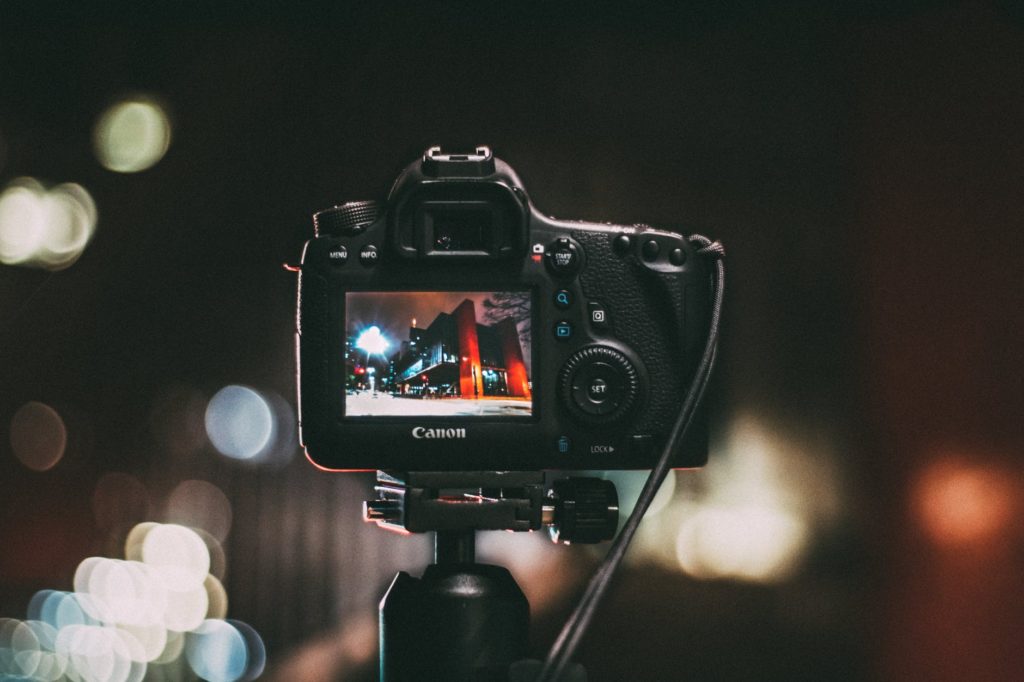 Before we show you the differences between focal lengths, we want to spend a few moments covering some camera lens basics. In addition to looking at the actual focal length itself (the milli-meter size), these are some additional factors that will influence the lens you will want to get due to cost, ease of use, and so on.
Before we show you the differences between focal lengths, we want to spend a few moments covering some camera lens basics. In addition to looking at the actual focal length itself (the milli-meter size), these are some additional factors that will influence the lens you will want to get due to cost, ease of use, and so on.
Zoom vs. Prime Lenses
When we were starting off buying new lenses, we battled the question of “why should I buy an 85mm lens when we could just get a 70-200mm lens?
As owners of both prime and zoom lenses, we can say that there is a time and place for both options.
Prime lenses, in general, will be more specialized. The quality of the glass, and the resulting image quality will be difficult to surpass.
In general, prime lenses will also enable you to open the aperture up wider – to let more light in. This can also be used to diminish noise in your photos as you will not need to bump your ISO up as high when shooting in darker settings.
Zoom lenses, by contrast, offer up more flexibility. The quality is not usually as good as prime lenses but depending on the specific lens – this may or may not be really noticeable.
They are also easier to use on the fly because you do not need to worry about spending time swapping out lenses. As we’ve learned, there are some situations where you (as a landscape photographer) will not want to change lenses at all – such as if you’re shooting during bad weather or in sandy locations.
Kit vs. Pro Lenses
In terms of build quality of the lens and the resulting image quality, your choice of lens will matter. While a 24mm lens is going to result in the same image on a compositional level, the actual look of the photograph will be different depending on the specific lens in use.
If you are using a lens that came with your camera (a “kit lens”) or purchasing one of these on it’s own (normally at a low cost like the Canon 50mm f/1.8 STM lens – a really solid starter lens), the quality will not compare with a professional camera lens. Of course, these pro models are much more expensive (for comparison…the Canon 50mm f/1.2 USM lens is over $1,000).
Having used both kit and pro lenses – we can share a few simple findings:
- Kit lenses are often great quality considering their price point.
- Kit lenses are also noticeably softer in image quality – ie: images won’t look as sharp.
- Pro lenses are heavier and more durable.
- Pro lenses produce the best quality images.
These observations are actually pretty simple, and probably what you would expect.
If you’re a photographer on a budget or just starting out, more affordable lenses are absolutely workable.
If you’re aspiring to be the next world class landscape photographer, having the more expensive camera lens options will translate into the quality of your photographs.
Breaking Down Lenses by Focal Length
In this section, we are going to look at some pros and cons of each focal length range. Included are example images we have taken to help you get a sense of what you would expect in your own photos.
This will help you see what the best landscape photography lens by mm will be for you.
Ultra-Wide Lenses (6mm – 16mm)
These lenses allow you to capture the maximum amount of the environment in your photograph.
The immediate benefit you will notice is that it makes compositions fairly easy for big, sweeping landscapes.
What we find most interesting about ultra-wide focal length lenses is how they distort reality.
The resulting photos will have a bowed look to them – with some fish eye distortion around the edges of the frame.
The good things about these lenses can also be a downside for some…
Some photographers aim to have a more realistic look to their images – something more comparable to what we see with our own eyes. Because of how these lenses warp a frame, it can seem like an inauthentic representation of a location.
This is actually something we noticed in retrospect when returning home from our trip to Iceland. We adventured out to some locations we’ve seen in photos like Kirkjufell. In real life, it looks totally different than the more common perspective you will see in photos online – many of which are taken with ultra-wide lenses.
We could debate this to death, but for now will just say this: if used well, ultra-wide lenses can be really cool.
As photographers, some of the fun comes from being able to play around with new perspectives, of which this type of lens definitely provides.
Example image:
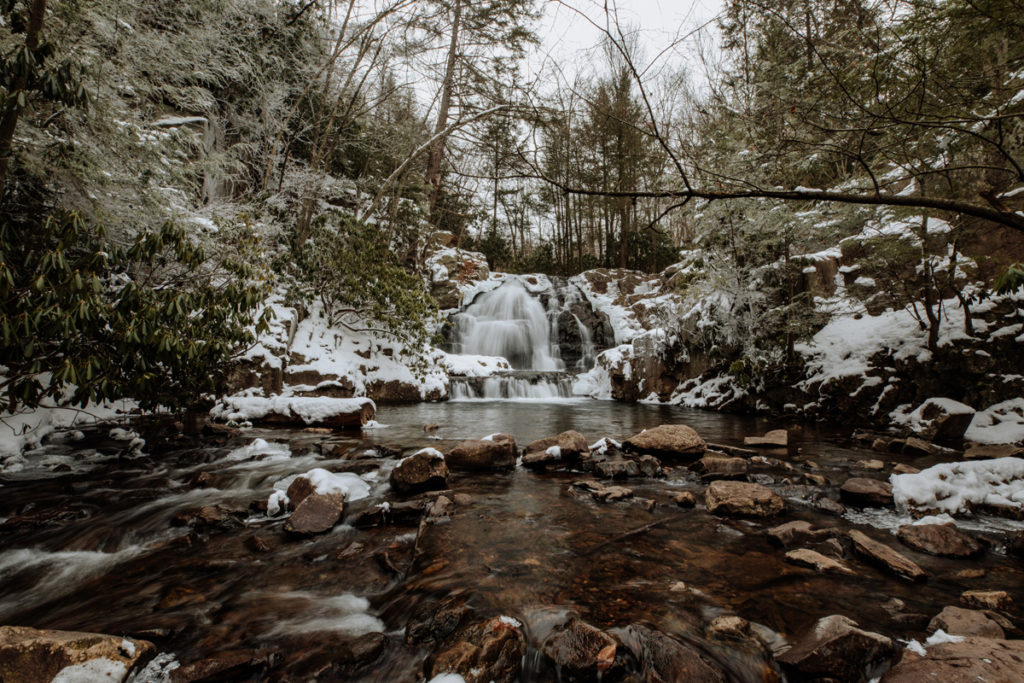
Shot on a 16mm lens, the composition makes the waterfall look very small and showcases a lot of the surrounding area.
Wide Lenses (16mm-35mm)
On the wider end of the spectrum, these lenses offer similar characteristics as the ultra-wide’s we just discussed. As you get into the territory of 24mm to 35mm, the lens will be suitable for a much larger variety of photography applications.
While the focus here is on landscape photography, any gear purchase becomes instantly more valuable when there are more applications. For example, we can use a 35mm lens to capture great looking portrait shots, as well as landscapes.
Wide lenses will, generally, have some distortion – but it’s not usually too excessive or noticeable (especially when photographing large sweeping landscapes). If you are getting really close to a foreground subject (like a person, a flower, a rock, etc.), which may happen when you use them to help frame a landscape composition, then this distorting effect will become a little more noticeable.
When it comes to wide angle shots, the 16mm – 24mm range has actually been pretty consistently our favorite.
Example images:

This is the same waterfall as above (in the same location too – on a tripod), but zoomed into 35mm. You can see how it changes the scene substantially.
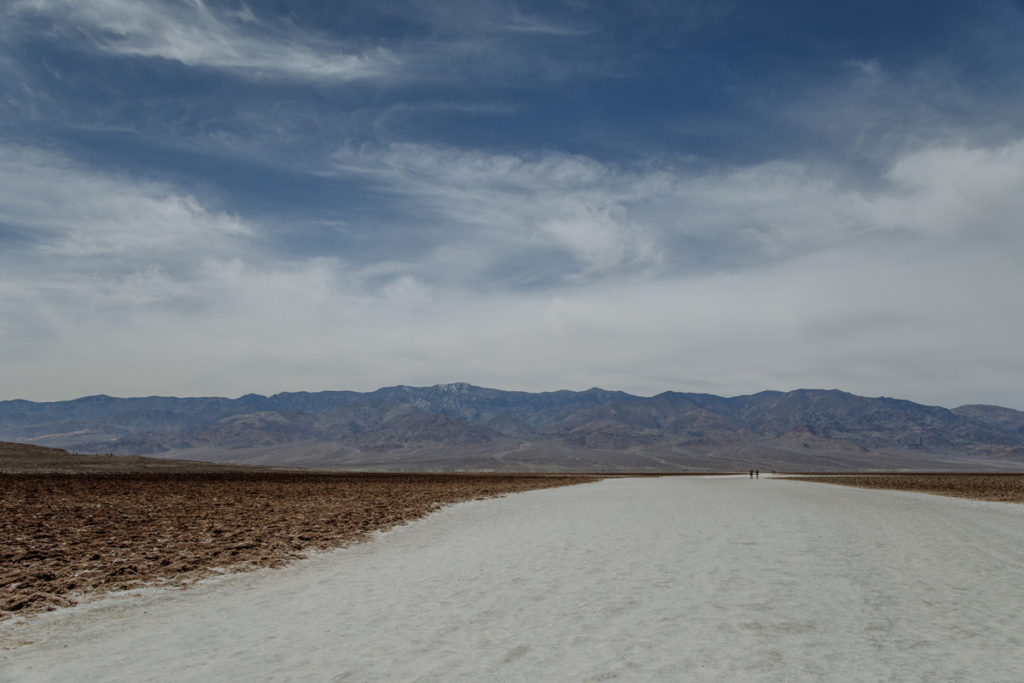
Shot on a 24mm lens, we are able to capture a large landscape shot with ease.
Medium Focal Length Lenses (35mm – 50mm)
Lenses in this category are much more “standard.” Most beginner camera sets will come with a 50mm lens – which happens to be the focal length closest to human vision!
If you are wanting a lens that is a more accurate depiction of the world as you see it, a lens in this range will be ideal.
In landscape photography, these lenses definitely have their place. For really large subjects (like a mountain), this focal length can be really fitting. If you are really close to your environmental subject, a 50mm lens could be used to shoot portions of it or even to create abstractions.
Example images:
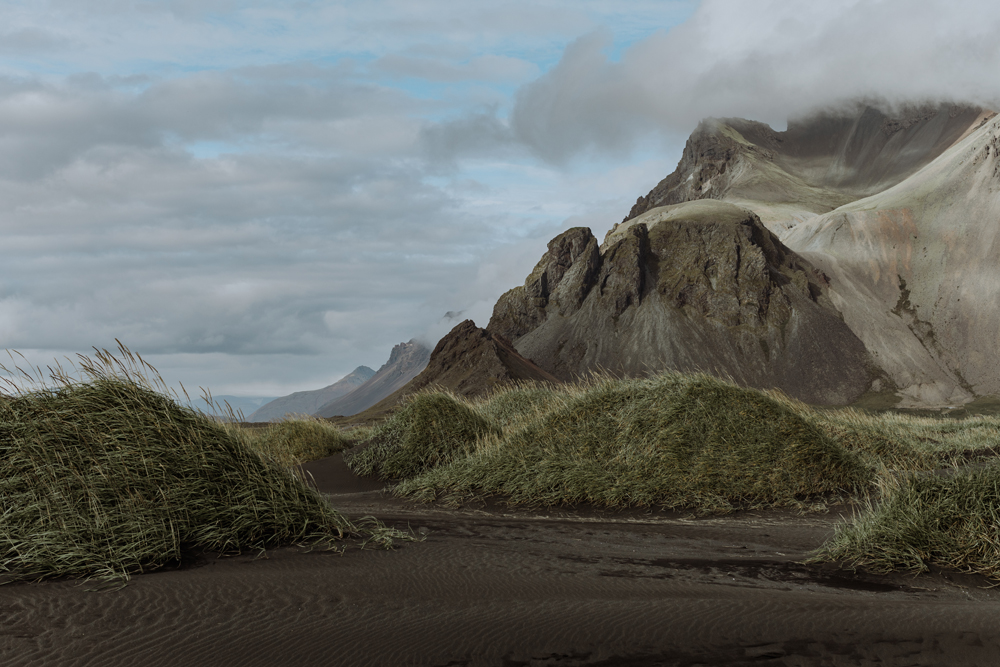
The 50mm lens is used to isolate just a part of the mountain here. In it, you can see a lot of things that draw your eye into the scene starting with the green patches of grass, to the mountain in the mid-ground, and the mountains hiding in the background.
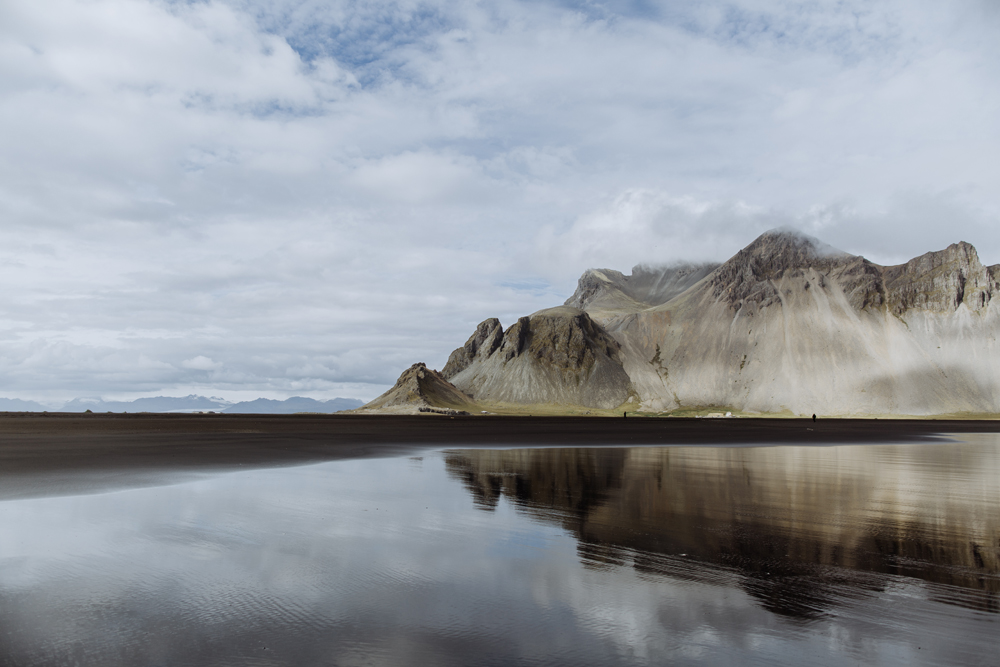
Also taken with a 50mm lens, this photo is much further back.
Long Focal Length Lenses (50mm – 400mm and greater)
Lastly, longer lenses don’t tend to be associated with landscape photography. These are most ideal for portrait photography.
HOWEVER!
We personally find a place for long lenses when we are shooting landscapes. Often, we love shooting up close details of the environment. For example, while photographing Vetrahorn in Iceland, it’s easy to get caught up with a wide lens shooting the “whole picture”, but to compliment those iconic shots – we also like to take photos of the details.
In our book, these lenses are well worth having, but probably not going to be the first ones you pick up for the sole purpose of landscape photography.
Example images:
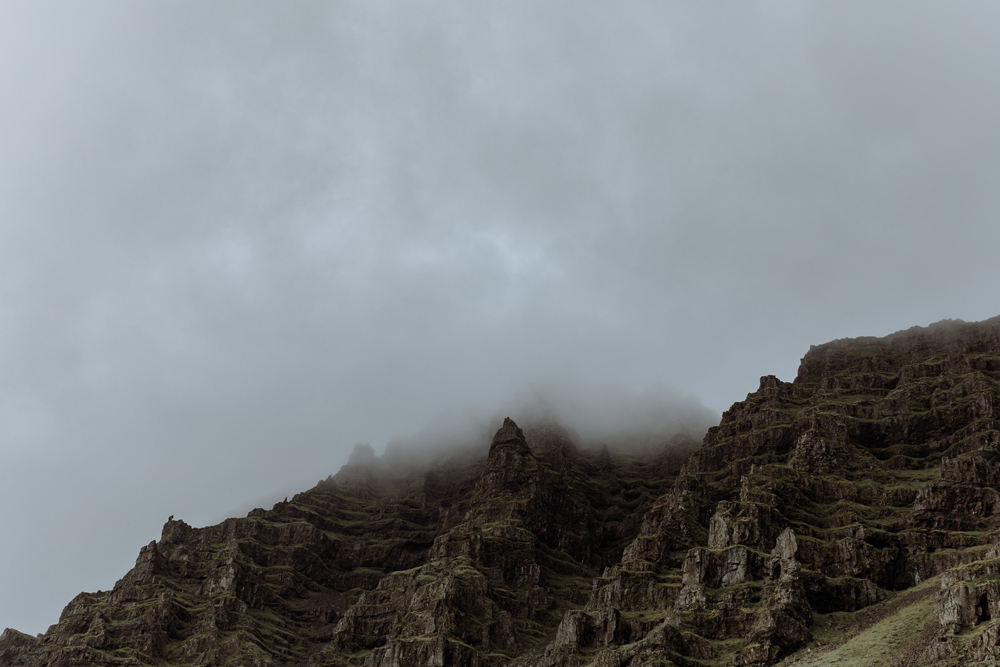
Sometimes, all we need is a snippet of the landscape to make for an interesting photo.
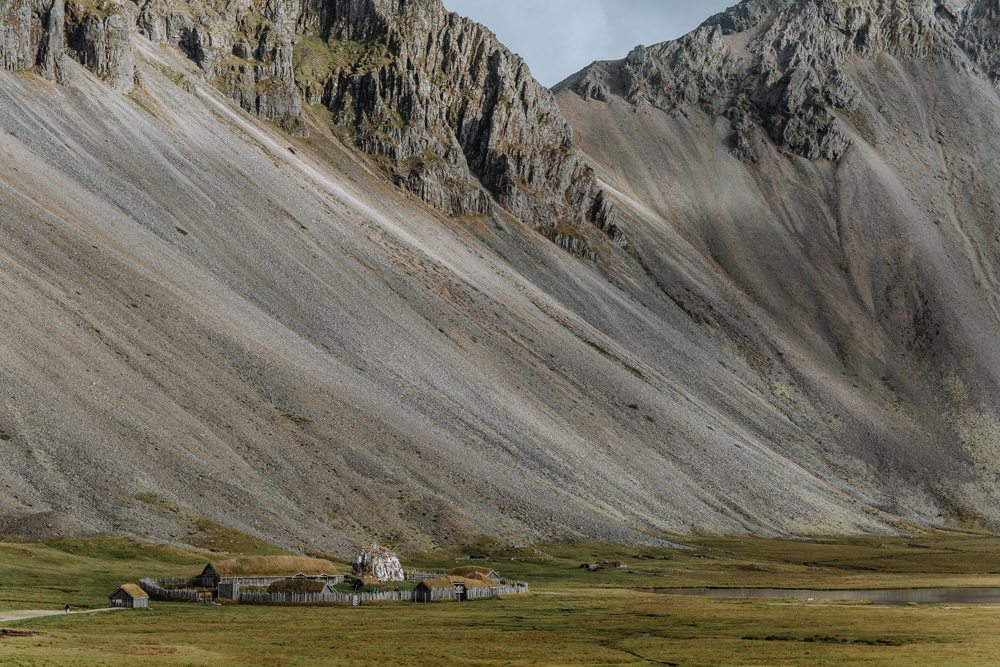
This photo was taken on a Canon 70-200mm lens. Our location was far enough from the this little viking village movie set underneath the peaks of Vetrahorn in Iceland that we were able to frame our shot like this.
Our Recommended Lenses:
We hope you’ve been able to find the answers you were looking for when you stumbled on this post. If you haven’t, leave a comment and let us know what you need some clarity on – we’re happy to help you!
In this section, we’re going to share some recommended lenses that would fit into each lens category – broken down by brand, focal length, and price. For now, we’ve just started with Canon lens options – but we’ll expand this if anyone shows interest 🙂
You can also click here if you want to see more recommended gear options.
We choose these lenses based on personal and professional experiences using them, user reviews found online, and so on.
So we’re all clear, all of the links provided below go to Amazon.com where you can check prices and gather more info before deciding to purchase.
[table id=1 /]